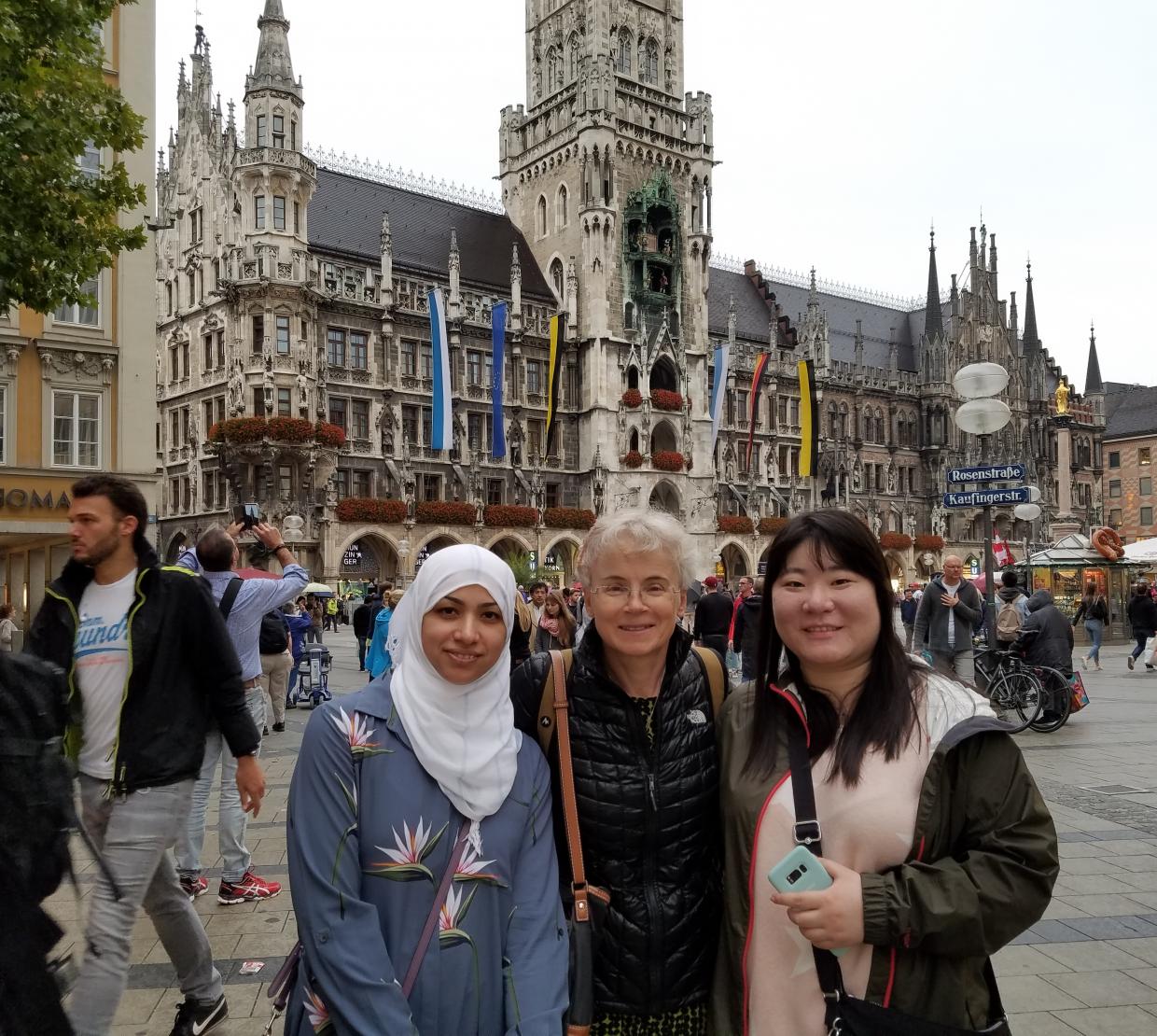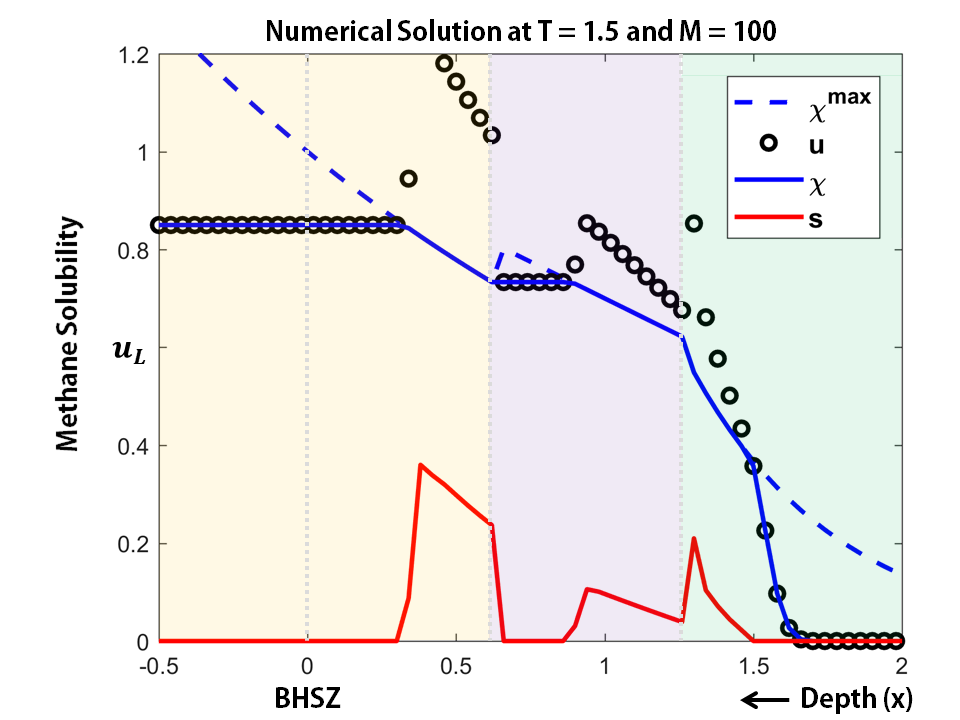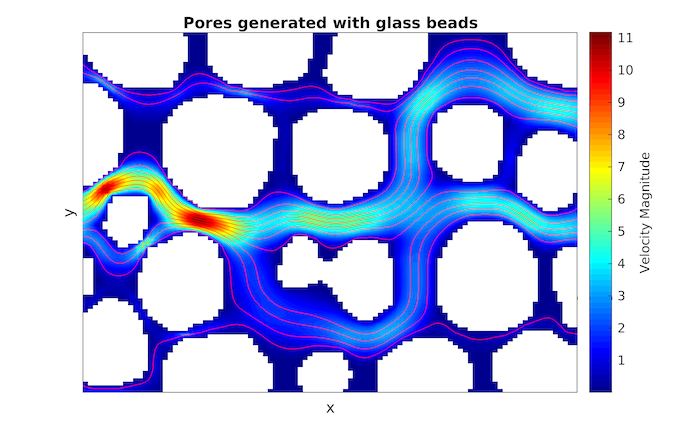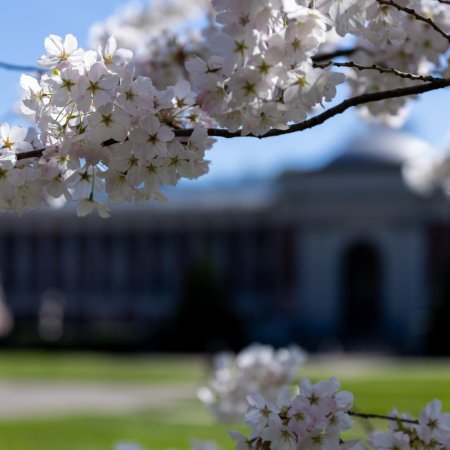The 2019-2020 Larry Martin and Joyce B. O’Neill Fellowship was awarded to fifth-year mathematics Ph.D. student Choah Shin. The award supports her research on the theoretical and applied aspects of modeling processes associated with the sub-sea sediments of methane hydrate, an energy resource with documented impact on the climate. The fellowship, endowed by Larry Martin and his wife Joyce O’Neill, recognizes students who demonstrate high achievement and whose research involves computational modeling.
The competitive award, designated for graduate students in the College of Science, provides full tuition with an annual stipend of $25,000. Larry Martin (B.S., ’59) is a mathematics and engineering alumnus who had a successful career as a mathematician focusing on modeling for companies such as Lockheed Martin and IBM. After a successful career at IBM, he created, bought and invested in companies, sometimes running them but most often focusing on software and consulting. Martin was the owner of Troon Vineyard in southern Oregon's Applegate Valley which he sold in 2017.
The O’Neill Fellowship acknowledges Shin’s numerous research accomplishments. Her advisor, mathematics professor Malgorzata Peszynska, praises Shin for making “incredible progress on her path towards becoming a computational scientist” and developing “an independent critical viewpoint of computational science” that is responsive to mathematical analysis and the relations between mathematics and “important real-world applications.”
Shin’s broad research experiences span several sub-projects involving simulations for environmental and energy applications. These projects have landed her two prestigious internships in national labs and resulted in more than 20 research presentations comprising posters, invited talks and seminar presentations regionally and internationally. Always passionate about mathematics, Shin is steadily building a career in the field.
Her family moved to Chicago from Daejeon in South Korea just before Shin entered ninth grade. Thanks to her advanced mathematical skills honed by the Korean education system, Shin was placed in upper-level mathematics classes with juniors and seniors in her high school. “That math class was also easy for me. Although I had difficulties with the English language for the first few years,” remarked Shin.
After completing high school, she enrolled at the University of Illinois at Chicago to study mathematics. There she received a B.S. in mathematics (Honors with Distinction) and a M.S. in energy engineering. Shin applied to the Ph.D. program in mathematics at Oregon State University after discovering Peszynska’s research, which, to her delight, lined up perfectly with her own interests in mathematics and energy.
New frontiers in energy research
Methane hydrate — frozen deposits of natural gas in the sea’s subsurface sediment — found primarily in the Arctic and Antarctica is a double-edged fuel source. When the ice-like methane hydrate deposits melt due to high temperatures or drilling, large volumes of methane gas are produced that escape into the atmosphere. While methane hydrate deposits are viewed as one of the largest sources of natural gas and a viable fossil fuel, methane emissions contribute to global warming and climate change. Moreover, converting hydrate compounds into gas can be risky or unstable, making large-scale extraction or production of this powerful greenhouse gas difficult.
Shin’s mathematical models and theoretical approaches tackle various challenges with respect to methane gas transport and flow through different layers in sub-ocean sediments. Various mechanisms of methane transport depend on how hydrate crystals are deposited between the grains of porous medium; to this aim, Shin implemented a Stokes flow model that works at the micro-scale or pore-level events of gas displacement and movement. Overall, theoretical and practical aspects of Shin’s work contribute to a deeper understanding of the impact of hydrate on the environment.






